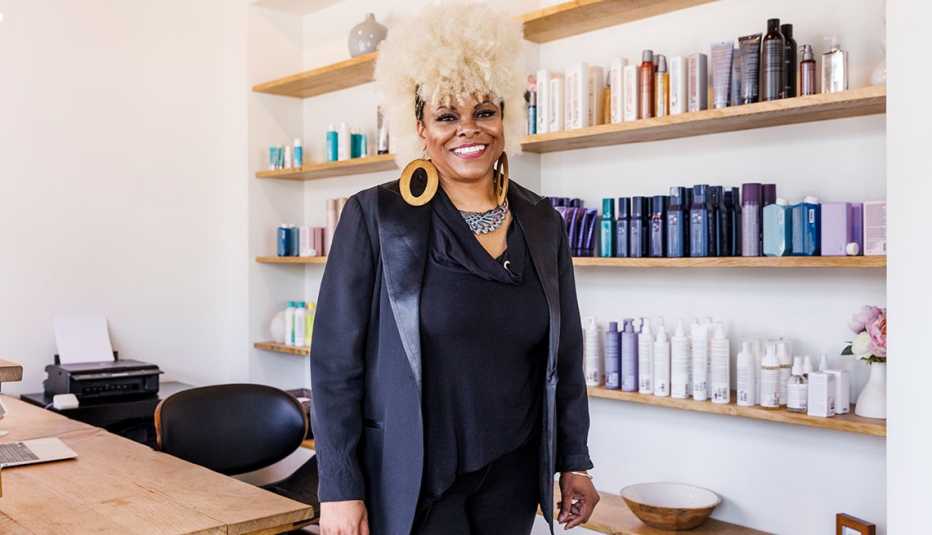Staying Fit


Many women who wear their hair natural tend to be a bit overprotective of their mane, and rightfully so. After all, textured hair thrives the most when it gets the TLC it requires. But that doesn’t mean you can’t have a little fun. So let’s talk coloring.
If you’ve been thinking about undergoing a color transformation but don’t want to compromise the health of your hair, rest assured that in the right hands, it can be done — even after 50. But before making the commitment, there are several things you might want to consider. We asked the experts for their advice.


AARP Membership— $12 for your first year when you sign up for Automatic Renewal
Get instant access to members-only products and hundreds of discounts, a free second membership, and a subscription to AARP the Magazine.
1. Get prepared
There’s nothing wrong with a little spontaneity every now and then, but when it comes to hair color, preparation is key. “The most important thing to know before coloring 50-plus hair is that you want to prep the hair two to four weeks before with hydrating and protein masks, as dyeing hair can [be drying],” says Richard Grant, a celebrity hairstylist who’s worked with Holly Robinson Peete and Tawny Cypress. It’s wise to consider the condition of your hair, as weak, damaged locks likely won’t withstand the coloring process.
2. Understand the possibilities
Though coloring natural hair is safe, Yasmine Young, a master cosmetologist and owner of Diaspora Salon in Baltimore, says the overall feel and condition of your tresses may change. For example, bleaching removes melanin and proteins from your strands, which can result in dry, brittle hair. “If you’re having black, brown or a deeper shade [of] red or copper done, there won’t be a significant difference in the feel and condition of your hair. If you’re going lighter to blonds, lighter browns or brighter reds, yes, the surface texture of your hair will change, but your hairstylist will recommend products to keep your hair healthy, so don’t worry,” she advises.
“I highly suggest setting goals for clients and getting the results you want in stages so that you can maintain the integrity of the hair,” Grant adds.



































































More From AARP
5 Ways to Make a Wash-and-Go Hairstyle Work for Black Hair
Celebrity stylists offer solutions for easy and gorgeous natural hair
Top Hair Problems for Men and Women … Solved!
Easy ways to improve the health, shine and overall look of your locks
How to Wear Braids Safely
A hair-loss specialist and professional braider offer advice
Recommended for You